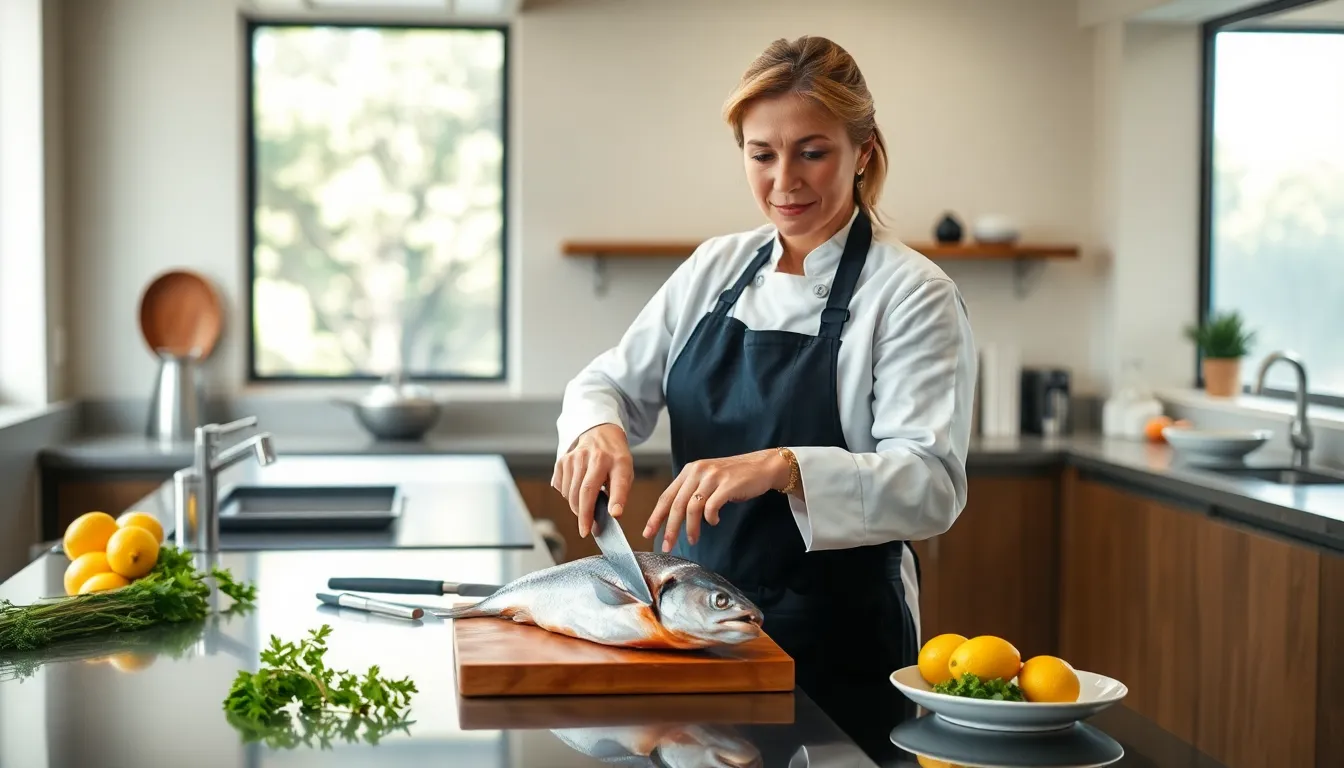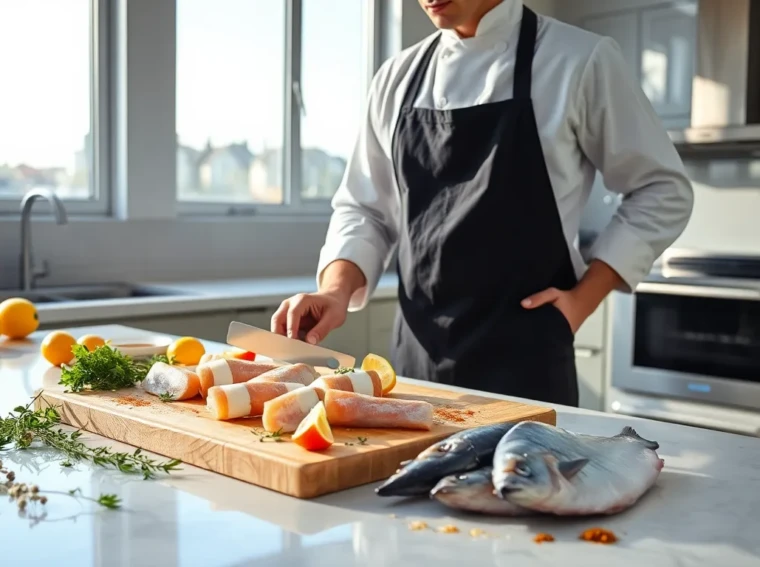Ever wondered about the fish that’s as versatile in the kitchen as it is intriguing in its habitat? Enter the hake, a fish with a name that sounds a bit like a sneeze but packs a punch in the culinary world. It’s not just a pretty fillet: this fish boasts flavors that can captivate your taste buds while providing nutritional benefits that would make your doctor proud. Jump into the world of the hake, where culinary artistry meets ecological responsibility, and discover why this fish should be on your radar.
thehake

The hake is a bottom-dwelling fish belonging to the Merlucciidae family. Often found in deeper waters, these fish are known for their elongated bodies and large heads. The most commonly recognized species are the European hake and the Pacific hake. What makes the hake unique is its delicate, mild flavor, which can be likened to a slightly sweeter version of cod. This texture allows it to be the star of the plate or blend unobtrusively into a medley of flavors. Hake is a favorite among many chefs, thanks to its adaptability in various cooking methods, from grilling to steaming.
Their lean white flesh is not just about taste: it’s highly prized due to its low fat content, making it a great alternative for health-conscious eaters. Beyond the kitchen, the hake stands as a symbol of marine biodiversity, showcasing the rich ecosystems from which it hails.
It’s not just food on a plate: it’s a testament to nature’s artistry.
thehake games
The hake thrives in a variety of marine environments, primarily inhabiting the North Atlantic Ocean. From the icy waters off Greenland to the moderately warmer areas of the Mediterranean Sea, these fish seem to adapt effortlessly. They prefer depths ranging from 100 to 300 meters: hence, they often elude the casual fisherman.
What’s noteworthy is that hake populations are predominantly concentrated along the continental shelf. This provides them with ample nourishment, which mostly consists of smaller fish and crustaceans. If you’re considering a fishing adventure, you may want to pack your gear for areas like the Northwest Atlantic, especially off the coasts of Canada and the United States.
Understanding where hake live is crucial for both fishing enthusiasts and conservationists alike. A fish’s habitat dictates its health and sustainability, impacting everything from local fisheries to global seafood supplies.
thehake ccodes
When it comes to nutritional value, hake is nothing short of a powerhouse. A mere 100g serving of cooked hake contains about 90 calories, making it a guilt-free indulgence. This fish is also an excellent source of protein, packing roughly 20 grams per serving.
What draws health enthusiasts even closer is its richness in omega-3 fatty acids. These healthy fats promote heart health, improve brain function, and play a crucial role in reducing inflammation. Also, vitamins like B12, essential for nerve function, and selenium, known for its antioxidant properties, contribute to why the hake is regarded as a healthful addition to any diet.
Incorporating hake into meals doesn’t just satisfy the palate: it fortifies the body. With its impressive nutrient profile, it’s no wonder this fish is gaining traction among those embracing healthier eating habits.
Culinary Uses of Thehake
Hake’s culinary versatility might just knock your socks off. This fish can be prepared in countless ways, making it a favorite among chefs worldwide. Whether baked, grilled, or pan-seared, its delicate flavor can be paired beautifully with a range of spices and sauces.
A traditional method includes preparing hake with a light breading and tossing it on the grill, resulting in a dish that’s both crispy and tender. Besides, it can be cooked in soups and stews, allowing the fish to impart its mild flavor throughout. The famous Spanish dish “Merluza a la Gallega” showcases hake simply steamed and drizzled with a mixture of olive oil, garlic, and paprika, culinary magic at its finest.
Also, for those inclined toward experimenting, there’s always room for creativity. How about making fish tacos with sautéed hake? Or perhaps a creamy hake chowder that warms the soul? The possibilities are endless.
Sustainable Fishing Practices for Thehake
Supporting sustainable fishing practices is crucial for ensuring future generations can enjoy hake. Unfortunately, overfishing has significantly affected the health of hake populations. To combat this, organizations advocate for using responsible fishing methods, such as trawling with minimum impact nets and adhering to catch limits.
Consumers can also play a role by opting for sustainably sourced seafood. Checking certifications from trusted bodies like the Marine Stewardship Council ensures that the hake you consume has been harvested responsibly. By choosing sustainably, consumers not only help protect marine ecosystems but also support fisheries that prioritize the long-term health of fish stocks.
The more we speak up for sustainable practices, the better we can secure a future where hake remains a cornerstone of delicious and nutritious meals.
Challenges Facing Thehake Populations
Even though its culinary appeal, hake populations face numerous challenges. Climate change has wreaked havoc on marine habitats, altering ocean temperatures and currents. These changes disrupt hake’s spawning and migration patterns, making it increasingly difficult for populations to thrive.
Also, illegal fishing practices undermine efforts to maintain sustainable stocks. By circumventing regulations, these practices threaten both fish populations and the livelihoods of those who rely on fishing as a sustainable source of income.
Habitat loss, overfishing, and climate change form a triad of challenges that require attention and action. Conservation efforts must ramp up to address these issues effectively. Only through collaboration among governments, fishermen, and consumers can we hope to restore and protect hake populations for years to come.

